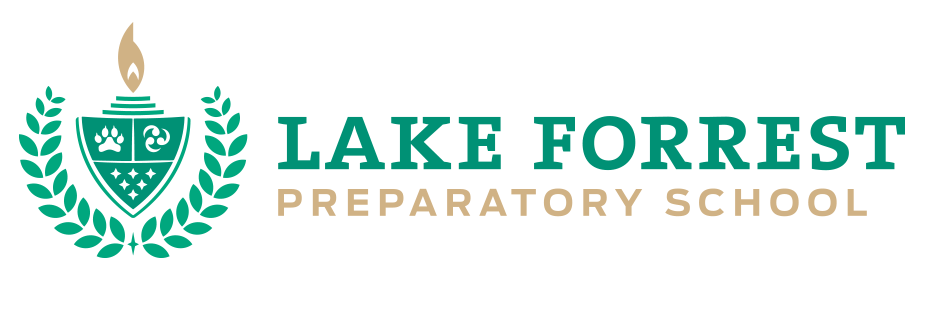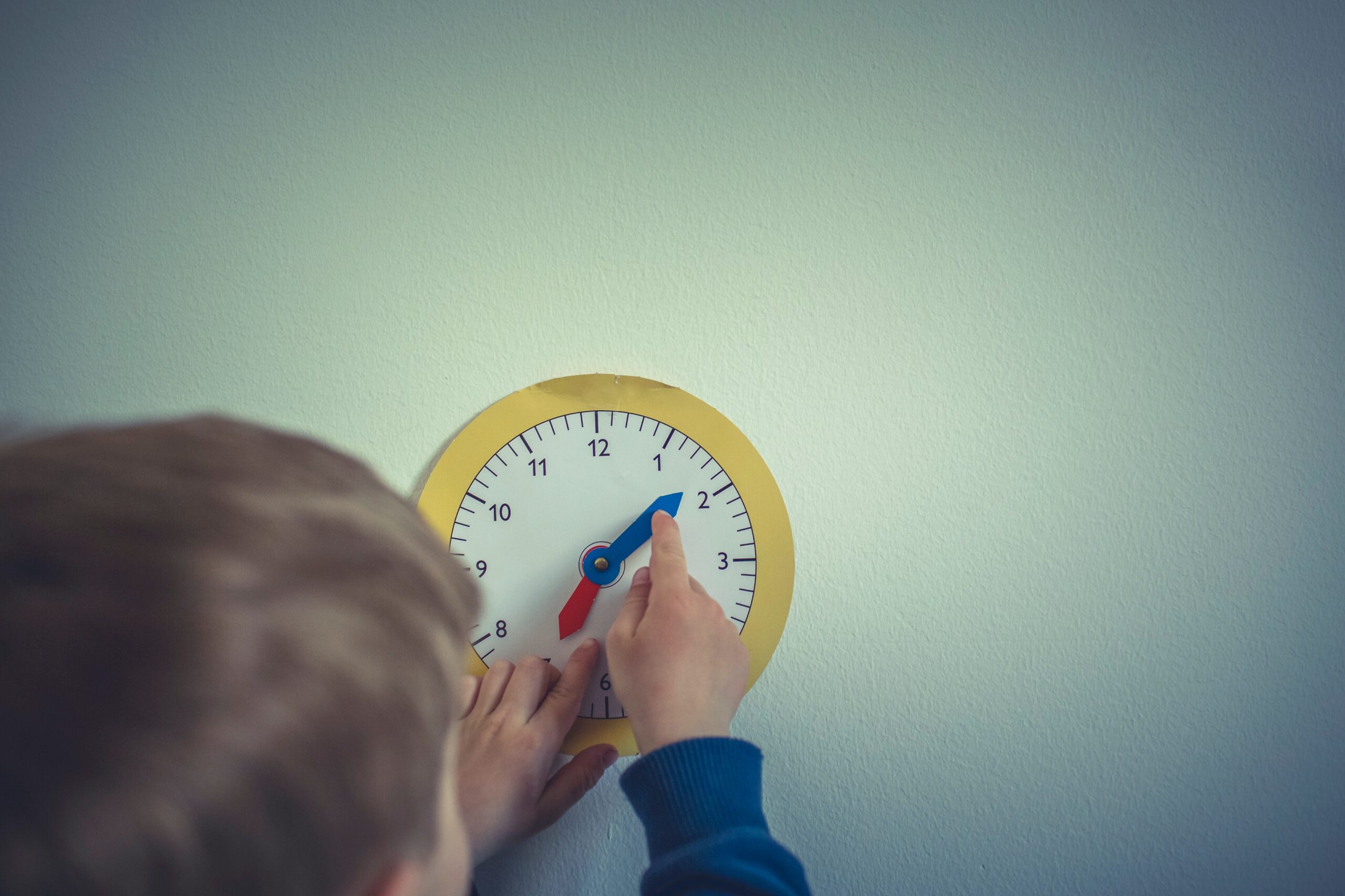Telling time: it’s one of the most important life skills for children. While digital interfaces have become nearly standard, your child still needs to understand the basics of telling time- and yes, even an analog clock face.
Break down the concept of time
Time can be a difficult concept for young children to grasp. Humanity took a few thousand years to understand how to section and record time, so it makes sense for your child to ask seemingly simple questions. Start by introducing them to concepts like morning, noon, evening and night. Associate their routines with these moments, and ask questions like “When do we eat lunch?” You can even go a step further and connect the sun, moon or other celestial bodies with the time of day.
Count in groups
For many of us, telling time started with being able to quickly add up the minutes and hours from an analog clock. An easy way to get your child familiar with time is ensuring they can count to 60 comfortably. Once they can do that, help them count to 60 by increments of 5.
Connect time with routines
As your child becomes more familiar with the numbers-element of telling time, have them start connecting specific times with their daily routines. Ask them what time school ends or when you eat dinner. Associating these repetitive moments with a clock can help them attach the time with the moment. It could be especially helpful to have them note the time on an analog clock.
As your child becomes more confident in telling time, you can explain other helpful concepts to them, like understanding 24-hour clocks or how to add time together. These skills assist in building time management and punctuality, as well as how your student prioritizes their days.
At Lake Forrest Prep, a private school in Orlando, we believe that some of the best learning moments come from real-world opportunities. For more tips on how to create a learning environment at home, check out our blog.


